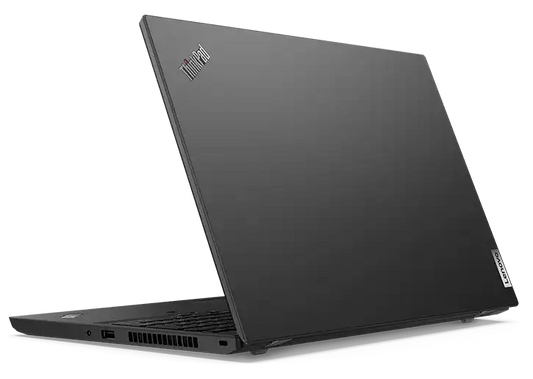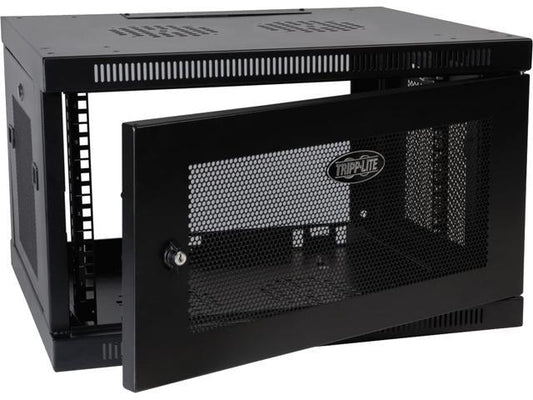Small Business And Home Office Setup

Business is rapidly changing, and the recent pandemic has accelerated this. Demands for home office or small office setups is growing – but how should you set yours up? At first, the thought of setting up a home business may be overwhelming and discourage new home businesses. But if you take it a step at a time, a successful home business is attainable. Let’s begin by looking at some of the challenges you’ll need to tackle to be successful.
Lay Out Your Office And Acquire The Essentials
Your office can’t sit empty! Begin your planning by acquiring the necessary supplies to get up and running. This includes basic furniture, like desks and chairs, and basic technical supplies like phones and computers. Consideration of the software powering these tools – VOIP for phones, business software for computers – will also be required.
Computer options in the business environment are plentiful. Apple computers have long been preferred for marketing or design, while Windows are ideal for the Microsoft Office suite, widely used in the business world. Chromebooks – created by Google – are increasingly popular, and have made a push into the business world. Regardless of the brand and operating system, you’ll also need to choose between laptops or desktop computers.
Basics like office supplies, an answering machine, and a corporate bank account and/or credit card should also be set up in advance.
Once you have the materials to create an office, you’ll need to lay the office out. Modern offices use a mix of open and closed plans, which can be applied to a small business as well. Modular workstations balance both open and closed plans. There’s no right or wrong answer – but a selection may be dependent on the type of work you plan to perform, and how much privacy and quiet is valued compared to collaborative environments.
Choose the Correct IT Infrastructure
To power your office, you’ll need to consider your IT infrastructure. You may have relied on internet service providers (ISPs) to set up your home internet in the past, and IT helped you in the office. There are some things you should know if you’re interested in setting up the basics on your own.
Externally, be cautious when selecting your ISP. Ensure the location you are setting up your home office is serviceable by an ISP; ideally, set up the internet before you move in to avoid unpleasant surprises. Commercial accounts often differ in price with residential prices.
Internally, the foundation of most networks are switches and routers. A router pulls everything together. It connects your network to the internet. It controls the flow of information from the internet to your devices, and protects you from attacks and disruptions. The router is the dispatcher.
A switch allows networked devices – this can be your computer, a printer, a service, or any device that has an ethernet port (in layman’s terms, where you would hardwire your device to the internet) – to communicate and share information. The switch lets your devices communicate with one another. There are many resources on the internet for those interested, but from the perspective of a small business owner, the most important thing is selecting the right setup for you.
Wireless routers and wireless access points (WAPS) – which allow wi-fi devices to connect to your network – are very popular, as many offices allow users to bring their own devices, or come and go. The days of traditional, hard-wired offices are fading away. We recommend creating a wireless heat-map to ensure your entire office has an adequate wi-fi signal.
As many more employers are offering remote work, a VPN wireless router is becoming essential. A virtual private network (VPN) allows a user to access your network as if they were in the office. Leading companies like Asus, Linksys, and D-Link have created VPN wireless routers for small businesses.
To protect yourself from exterior attacks, a firewall (or similar security device) is essential. A firewall is built-in to many routers, filtering out cyber attacks, and protecting you from wherever a user ventures on your network. Anti-virus and malware protection from software solutions may work for a growing small business, but after your company takes on a few employees, a Unified Threat Management device – protecting your entire network – may be advisable.
There are three types of network switches.
- A managed switch, which allows you to control internet usage. A managed switch allows the administrator to have control, and is generally operated by an IT department.
- An unmanaged switch is the common choice for small businesses and home offices. It provides basic configuration for your network, and little more.
- A “smart switch” is the in-between; it provides some control over the network, but not as much as a managed switch.
For those with some technical acumen, a smart switch may be a desirable choice. However, for those operating a small business with a limited number of users, an unmanaged switch is likely the first choice. As a network grows, more control may be necessary, and at that point, a small business owner can consider making a different selection.
Select an Office Communication System
Increasingly, companies are switching to VOIP (voice over internet protocol) phone services, rather than traditional phone lines. You’ll also need to select internal employee communication. There are a number of competitors in this field, including Microsoft Teams, Slack, Google, and Zoom. Each have unique benefits, and a selection will be dependent on the size of your business and your field of work.



